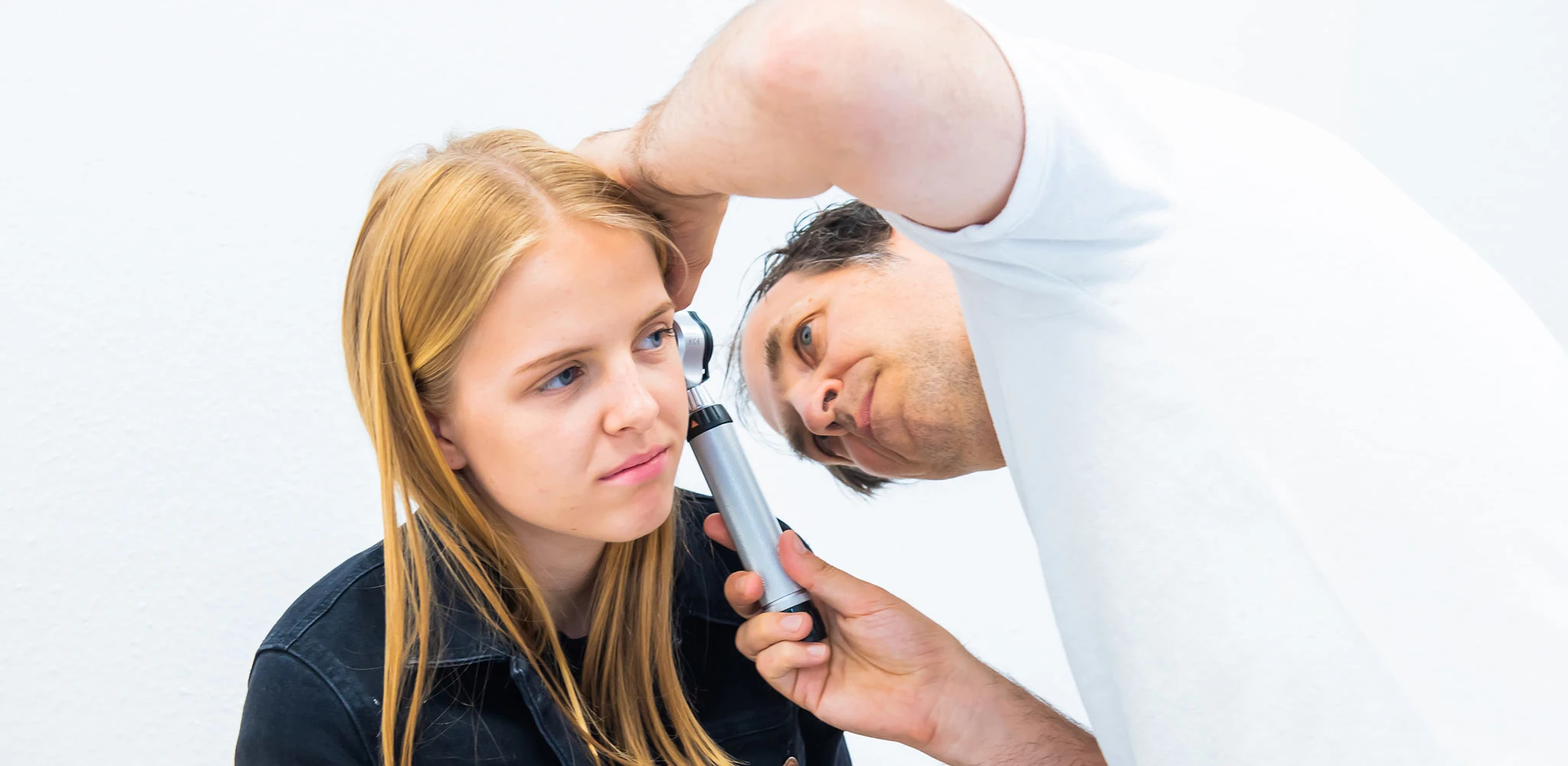Febrile seizure - harmless horror
Today we have a topic from the category "The Stephen King of paediatrics". In other words: sheer horror. It's about febrile seizures.
Most parents who have experienced their child's first febrile seizure say that it was the scariest thing they have ever experienced. They describe how it felt as if their child was about to die under their hands. And yet, from a medical point of view, a febrile convulsion is actually not such a scary thing.
Who actually gets febrile convulsions?
Usually children between the ages of one and five, but it can also occur in a six-month-old baby. But by primary school age, the spook is usually over. Children with febrile convulsions are normally developed and otherwise healthy. Febrile convulsions are due to a predisposition of the brain to react to fever with seizures at a certain stage of development.
What is typical of febrile convulsions is that the child is basically completely healthy beforehand and does not actually have a fever. A febrile seizure usually occurs during the first rapid rise in temperature. Out of nowhere, the child suddenly starts to convulse all over the body. It rolls its eyes, turns blue in the face, stops breathing briefly, ... It really is a scary event.
What can you do? Keep calm! Also see how long the cramp lasts, loosen the child's clothes so that it can breathe freely. Make sure that they don't hurt themselves anywhere. Do not give food or drink under any circumstances! Danger of suffocation!
The only good thing is that most febrile convulsions stop on their own after two to three minutes. Important for you: After the first febrile convulsion, the child must be seen by a doctor. Because not everything that convulses with a fever is a febrile convulsion. It can also be a convulsion caused by a serious infectious disease, for example meningitis or another underlying illness. For this reason, the child must always be examined after the first occurrence. Only once a definitive diagnosis of febrile convulsion has been made can parents deal with any further convulsions on their own. Supported by an emergency medication so that the cramp stops more quickly.
Unfortunately, there are no preventative measures.
Summary: There are febrile convulsions in children that look terrible but are usually completely harmless. Another piece of good news: Whether a child has one, three or five febrile convulsions in childhood is not decisive. The child is not harmed. And it is also not a marker that the child will later develop a seizure disorder, i.e. epilepsy.
Further interesting tips
J1 screening
This is almost the end of our series on medical check-ups. We are looking at J1, the penultimate examination.
U10/U11 screening
We are slowly approaching the home straight in our series on preventive medical check-ups. Here's the double pack for U10 and U11.
Separation children
Unfortunately, this is a topic that you have to talk to parents about time and again in the paediatric practice: How do parents deal with separation or divorce? What do you need to bear in mind to minimise the impact on the child?
